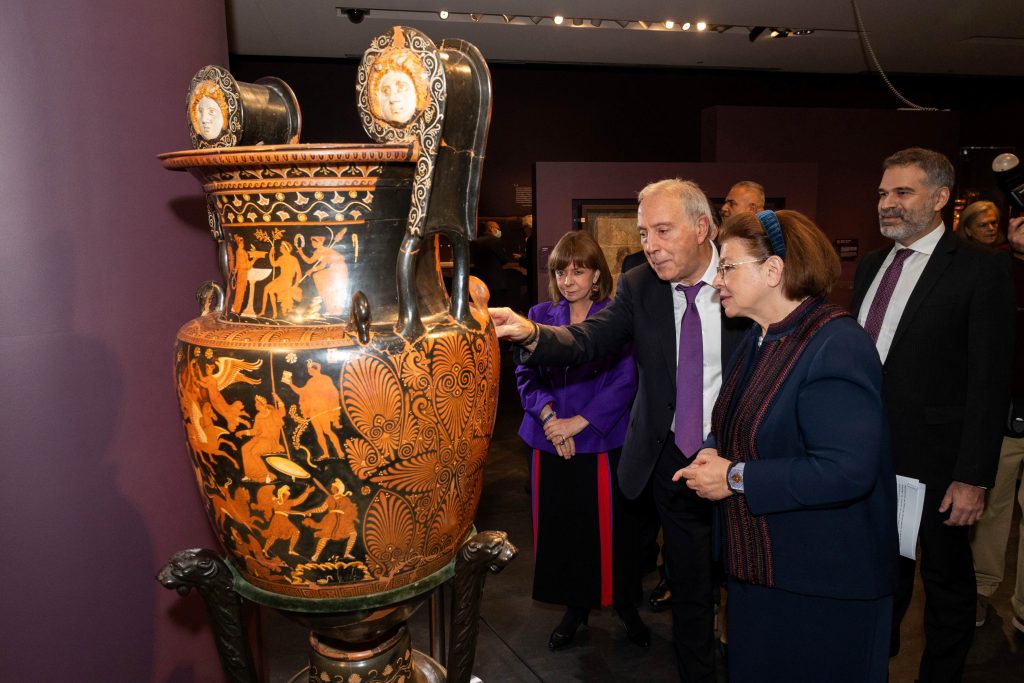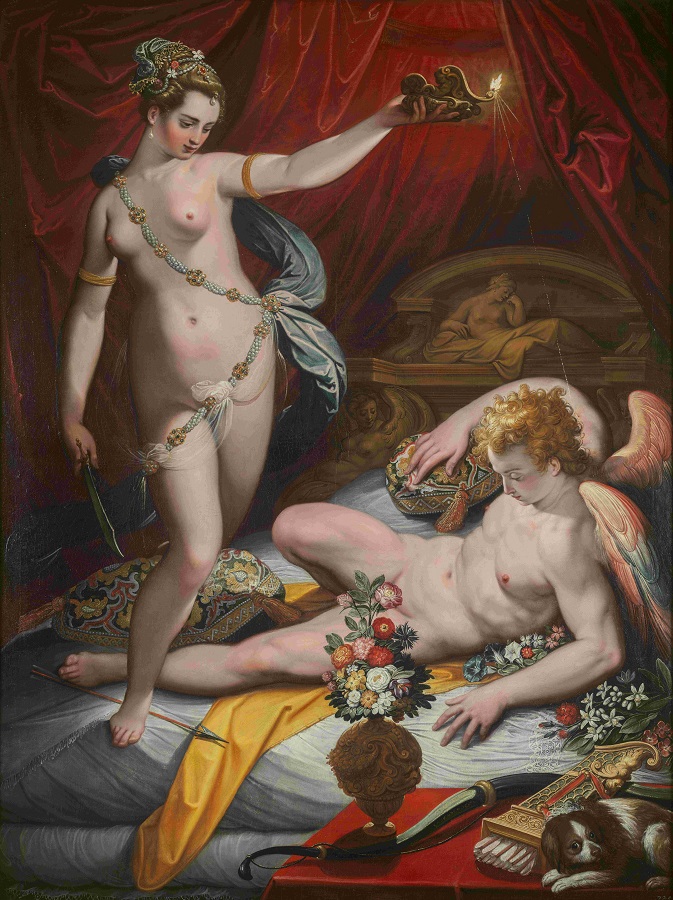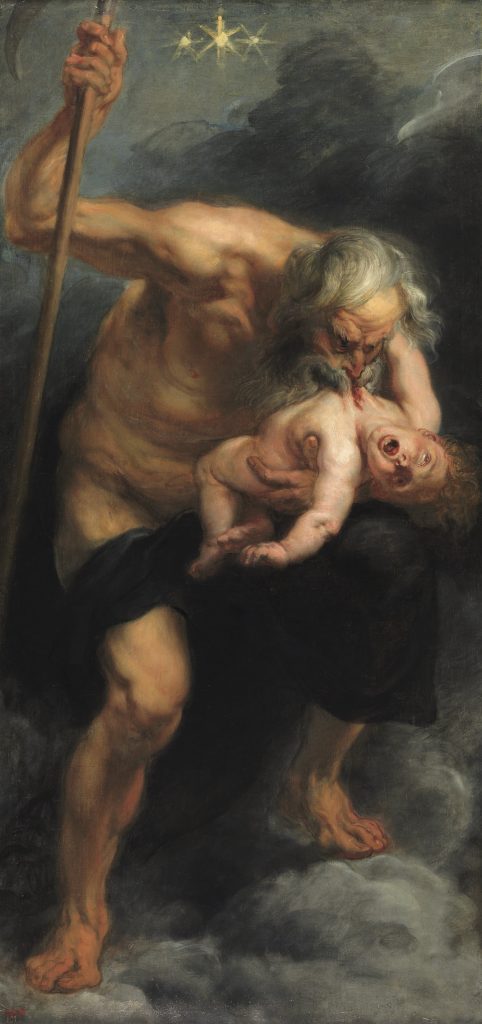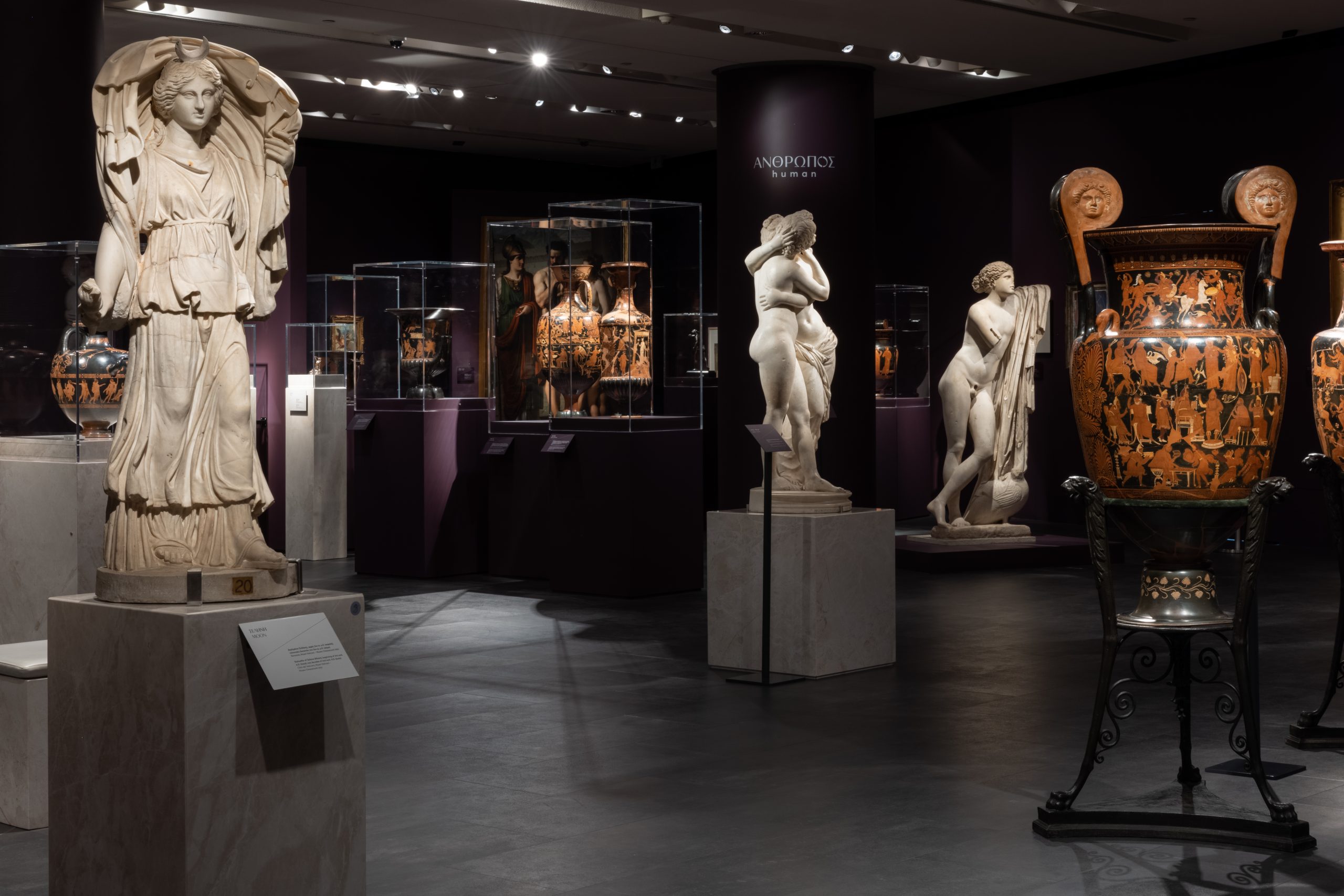Terms to describe emotions such as jealousy and envy, or the concepts of evil and slander, are prevalent in our daily lives as we attempt to put them into words. But what form would these emotions, concepts take if we were to physically represent them? How would Eros (love), Pothos (longing), Himeros (Desire), Hypnos (Sleep), Dream and Death appear if personified?
Beginning in early December visitors at the Acropolis Museum have been able to admire representations of personified concepts and meanings, portrayed through human or animal forms, along with allegorical stories, all part of an innovative exhibition entitled “NoHMATA (Meanings) – Personifications and Allegories from Antiquity to Today”.
The exhibition was inaugurated in the presence of President of the Republic Katerina Sakellaropoulou and Minister of Culture Lina Mendoni.
The exhibition will run until April 14, 2024.

Under the curation of Acropolis Museum General Director Prof. Nikolaos Stampolidis, the exhibition’s title employs wordplay, by linking NoHMATA (meanings) and NHMA (thread). Stampolidis highlights the emerging thread of “anthropocentrism”, Greek for “based on the human”, the concept originating in antiquity, which subsequently traverses through later periods uniting them with the present day.

A mix of artworks assembled together for the first time
In an exhibition described as “timeless”, visitors can scrutinize artworks in marble, clay, metal, canvas and color, representing Classical Antiquity, Byzantium, the Renaissance and modern art movements. The specific exhibits have been assembled together for the first time, with the Musei Capitolini in Rome loaning the sculpture of Eros and Psyche (soul), the bronze statuette of Hypnos coming from the Kunsthistorisches Museum in Vienna, and the vase by the Meidias Painter loaned from the British Museum.

Eros and Psyche (Soul), Jacopo Zucchi, 1589, Galleria Borghese

Statue of Pothos,
330 μ.Χ. / 330 AD,
Musei Capitolini
Rubens’ iconic painting depicting Cronos devouring his children – loaned by the Museo del Prado – is described as the embodiment of ‘Time’ – a crucial allegory, a force from which no one can escape, according to Stampolidis.

Saturn Devouring his Son, Peter Paul Rubens, 1636 – 1638, Museo Nacional del Prado

Allegoria della Calunnia,1530, Sandro Boticelli, Rome, Galleria Colonna
The exhibition meticulously organizes 164 exhibits into six interwoven sections: Time, Nature, Deities, Man, Institutions, and Allegories, as they converge under the enduringly relevant and human-centered theme of anthropocentrism.

For more information on the exhibition visit the museum’s official page.



